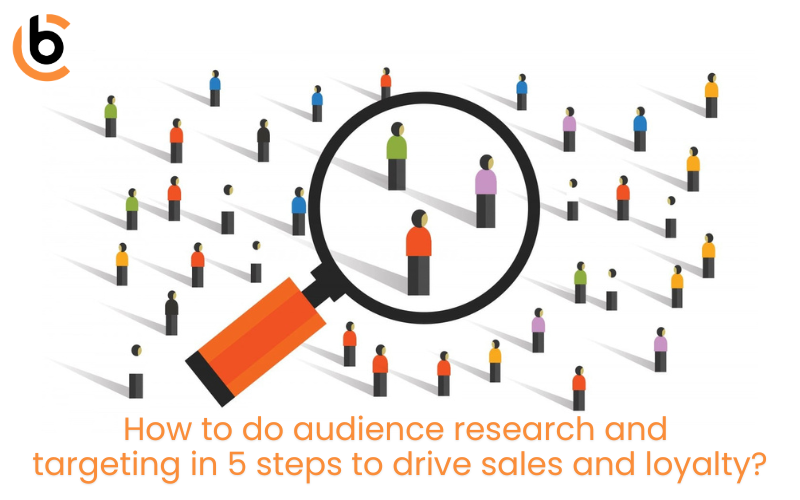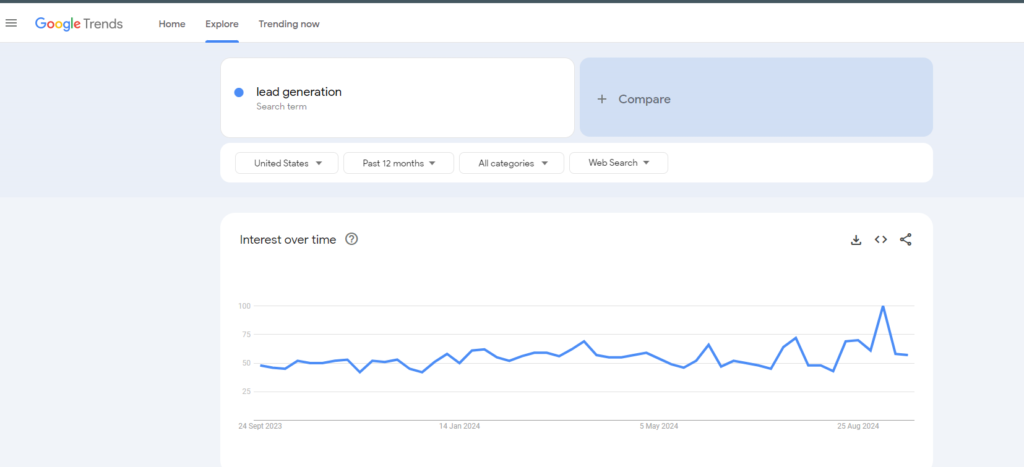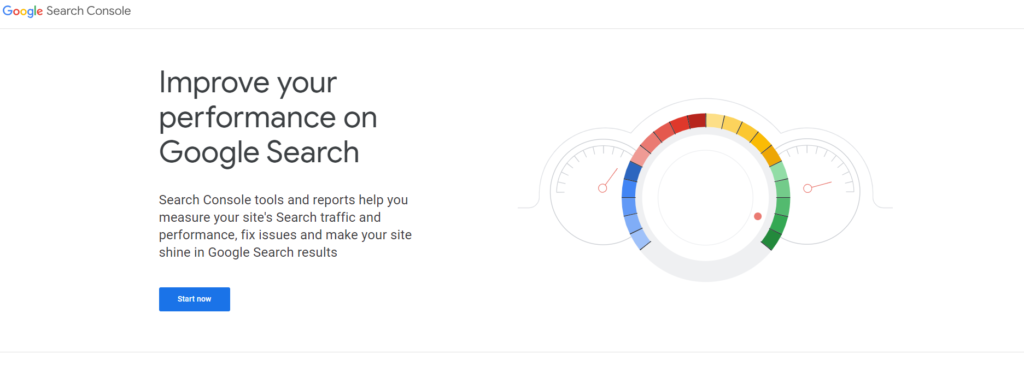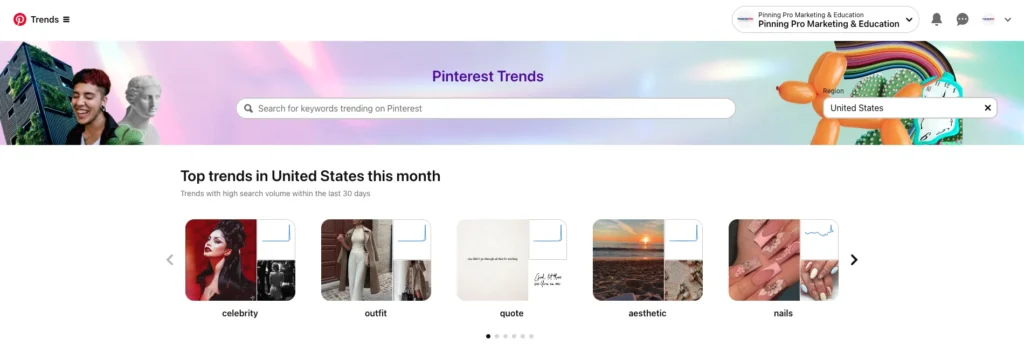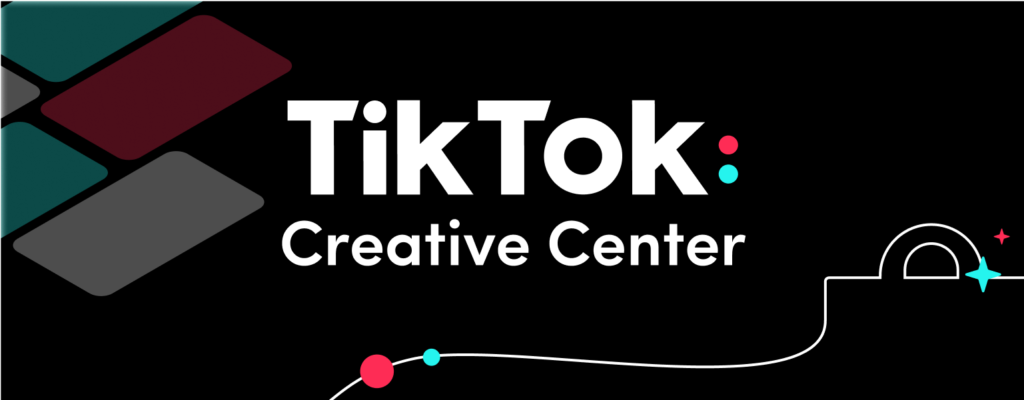Audience research and targeting can be a daunting task. It’s hard to find what matters to your audience when many social and psychological factors are involved in buying decisions.
There can be many ways to find your target audience as a marketer. But what matters the most is your dedication to research and care about your consumer needs. This is where most brands and marketing geniuses fail.
To perform target audience research first, you need to know about your business goals and who it helps with its solution. When it’s defined that this product is made to cure X problem, it is easy to navigate different channels and communities to find the people’s pulse relevant to your product.
Example of marketing driven by consumer psychology
1. Social Proof
2. Reciprocity
3. Paradox Of Choice
4. Powerful Words
5. Color Psychology
6. Scarcity in consumer psychology
7. Anchoring in consumer behavior psychology
Yet, the important part is you should know why you are doing audience research and targeting. Is it just the formality or you do care about leaving a long-lasting impression with branding that triggers your ad targeting?
There are four factors involved in decision-making according to Consumer Psychology quoted in the book “Marketing to Mindsets”.
THE FOUR FACTORS OF CONTEXT:
1. Location
Where we are and when we make a decision. How we behave inside a church is very different from how we behave in a bar.
2. People
People are who you’re with when you’re making a decision. You would be different when you are with your family vs when with your best buddies.
3. Feelings
The third contextual factor is how we’re feeling at the moment, both physiologically and psychologically.
I. Psychologically: Our opinions, beliefs, and actions will be different if we’re in love or a good mood.
II. Physiologically: if we’re hungry or sleep-deprived, we will behave very differently than we would if we were well-fed and well-rested.
4. Choice of Architecture
Architecting choice refers to how choices are presented in the moment of decision. As an advertiser, you can’t control the above three (Location, People, and Feelings), but you can control:
1. How do you frame your message?
2. The architecture of the words you put in your message. to entice the behavior that you care about.
Example:
1. Walking Towards White Light Experiment – peaceful and attractive
2. Using the Concept of Hedonic Bundling.
3. Discounting one 1 item from the bundle and letting customers buy the other one at the full price.
4. According to this concept, people get the same discount overall, yet they feel like they’re getting a better value than if you discounted both items because you’re also reducing their guilt.
As a marketer, you have to think of the consumer mind as a pristine well full of wants, needs, and desires that are clear and well thought out. With this clarity in mind, you can rely on human psychology when researching your target audience journey and for this, we use multiple tools, sites, and community analyses to find what resonates and is in high demand.
1. Audience Research and Behavior Analysis.
Start with identifying your target audience’s current interest and virality factor on search engines like “Google Trends”. Google Trends helps you analyze changes in audience search behavior worldwide or in a specific region i.e. “United States”.
2. Audience Traffic and insights Analysis
To find out the existing viral or most popular products in your business, head over to your business website Google Search Console. This would help to show the list of most visited pages on your site which can help in identifying your target audience segments.
3. CURRENT USERS BEHAVIOR REPORT
More or less, Google Analytics 4 (Previously Universal Analytics) also helps to get the most relevant search terms, audience reports, pages, demographics, location, technology, and more. It might be helpful to translate this information depending on the type of product to market either on the website or social channels integrated with GA4.
4. KEYWORD AND AUDIENCE VALIDATION
The next phase is to make a list of relevant keywords and phrases that you want to use to trigger your ads on search results. Use low-medium competition and medium-long tail keywords with good volume to keep it more towards bringing genuine and relevant people to your product landing page.
With this in mind you have multiple keywords, now use these tools to validate your list.
This is going to be helpful in 2 ways:
1. Giving you a more holistic picture of your keyword list
2. Will get you more suggestions for finding your target audience segments and terms.
Mostly, you would get the idea of users’ pulse with this product or service when searching online.
– “Answer The Public” is another good tool to use to figure out the keywords, audience volume, and trends in specific regions.
– “Google Keyword Planner” would help to get you an estimate on:
– Search volume in PPC
– Volume trends change in the last 3 months and a year
– Keyword competition in the PPC market
– Lowest and highest CPC.
These are the most relevant estimates that we can rely on because it’s the up-to-date data fetched from Google itself.
– Using some other paid 3rd party tools like “SEMrush, MOZ, Ahref, etc.” can help out in competitor analysis. Mostly these get you the list of possible (not correct mostly in my experience) keywords your competitors are bidding on.
5. LATEST TRENDS
To explore further the market trends relevant to our product market, checking out the most relevant queries and interests on “Pinterest Trends” and updates could be helpful. Lastly, the product’s UGC or influencer marketing analysis can also present a good picture of users’ connectivity and engagement on TikTok’s creative center.
For excellent audience research and targeting on any platform like Google, Meta, Twitter, Pinterest, or Bing. The use of community and group research to find out the most pressing pain points for your target audience persona can help in shaping the right messaging for your target audience.
Frequently Asked Questions (FAQ’S)
1. Do these steps work for Google ads audience targeting as well?
Yes, analyzing the user behavior, traffic sources, time spent on pages, and on-page activities on Google Products like “GA4” can be targeted in Google Ads as well.
2. What are the benefits of knowing your target audience?
Knowing your audience means, you are spending your resources on connecting with an audience that resonates with your brand.
3. What are the benefits of effective audience targeting?
Effective audience targeting translates to higher engagement, conversion rate, and a better return on investment (ROI) with high customer lifetime value (CLV).
4. Can we use social media to analyze our winning audience segments?
If your business has been active on social media then start analyzing your audience’s behavior on all relevant social channels. Different platforms may attract different audience segments, each with unique expectations and responses.
To sum up, audience research and analysis is an ongoing task. It’s like the more you invest in testing out what resonates with your audience, the better your marketing strategies will become.
With continuous efforts in research, you’re not only improving your return on investment but also seeding a loyal customer base that believes in your brand. So, keep monitoring your campaigns, adapt and refine your strategic efforts and your marketing campaigns will get the attention they deserve.
Struggling to maintain your business ad account for profitable ROI with the right targeting strategies, Schedule a quick call with us now and let us do the heavy lifting while you focus on scaling your business and making great clients along the way.

